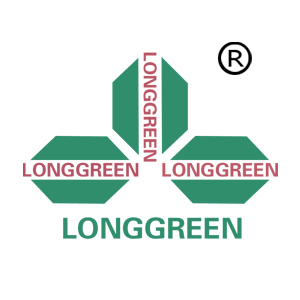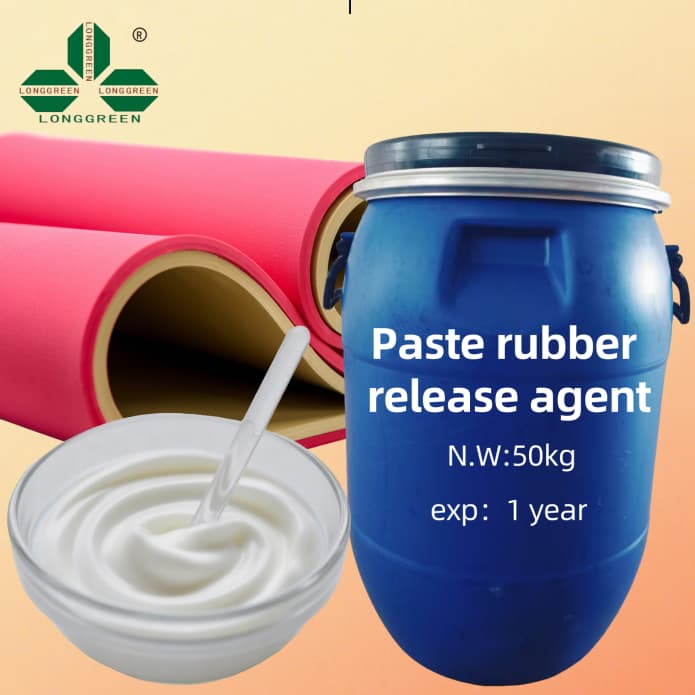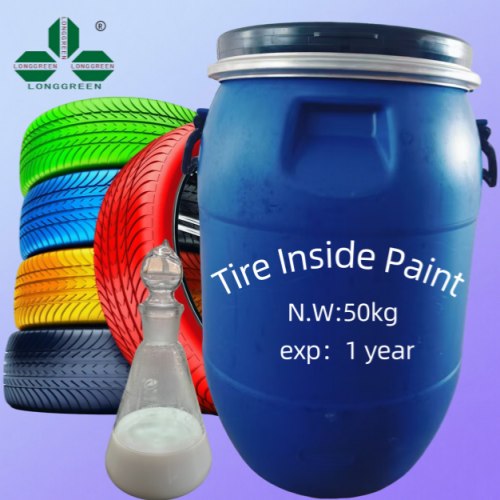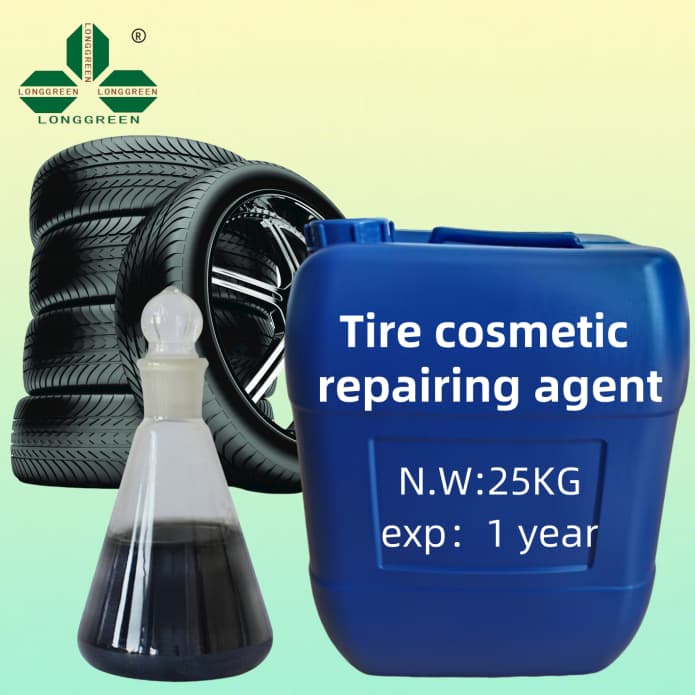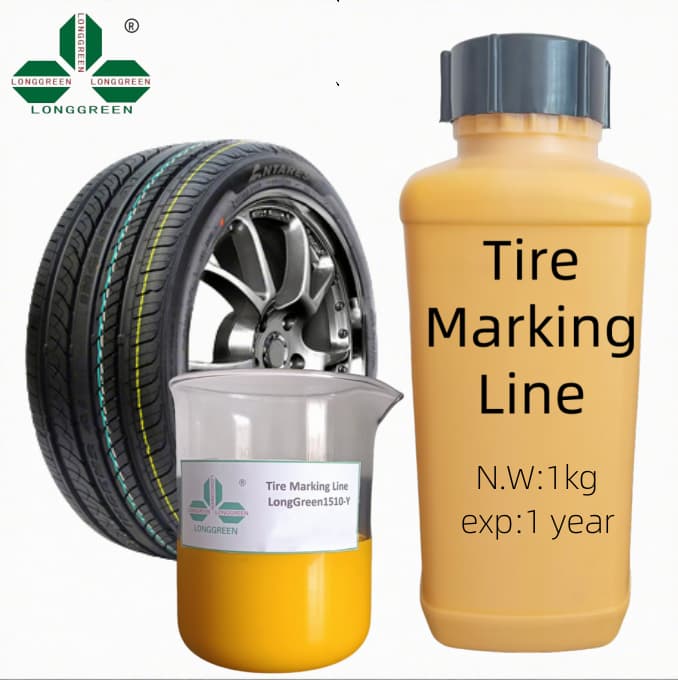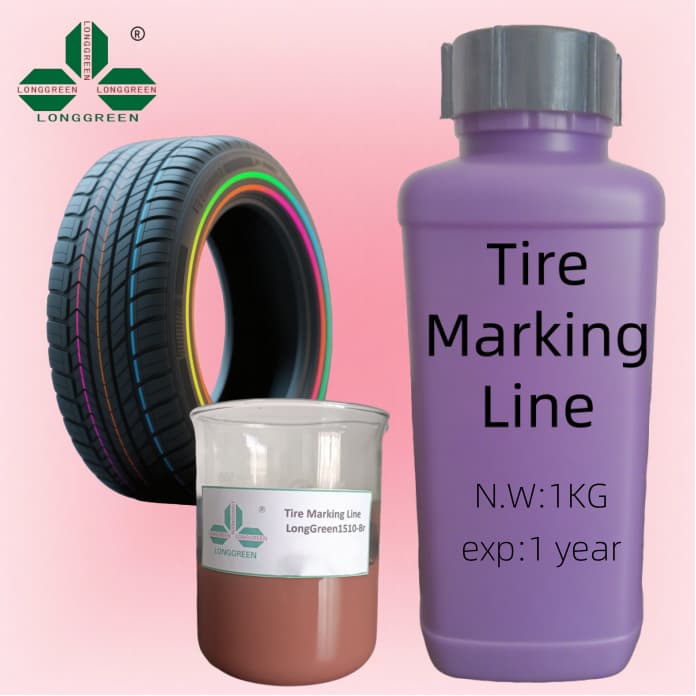In the realm of material engineering, rubber stands as a versatile and indispensable component, finding its way into countless products from automotive tires to household gloves. Yet, one persistent challenge has long plagued the industry: rubber’s susceptibility to aging, which diminishes its performance and shortens its lifespan. Enter the rubber antioxidant, a critical innovation that has become a cornerstone in preserving rubber’s integrity. It works by counteracting the damaging effects of oxygen, heat, and other environmental factors, ensuring that rubber products remain durable and functional for extended periods.
Rubber aging is a natural process driven by oxidation, where oxygen molecules react with the polymer chains in rubber, causing them to break down over time. This breakdown leads to cracks, hardening, or softening of the rubber, rendering products ineffective and unsafe. For instance, tires exposed to prolonged sunlight and fluctuating temperatures can develop dry rot, compromising their structural strength and increasing the risk of accidents. It is here that the rubber antioxidant plays a vital role: it inhibits oxidation by neutralizing free radicals, the unstable molecules responsible for initiating the aging process. By doing so, the rubber antioxidant slows down degradation, allowing rubber products to maintain their elasticity, tensile strength, and flexibility.
The development of the rubber antioxidant has a rich history, evolving alongside advancements in rubber manufacturing. Early rubber products, such as those used in the first automobiles, lacked effective protection against aging, leading to frequent replacements and high maintenance costs. As demand for longer-lasting rubber goods grew, scientists began experimenting with various compounds to combat oxidation. The first generation of rubber antioxidants, introduced in the mid-20th century, showed promising results but had limitations, such as discoloration or reduced effectiveness under extreme conditions. Today, modern rubber antioxidants have overcome these drawbacks, offering enhanced stability and compatibility with different types of rubber, including natural rubber and synthetic variants like styrene-butadiene rubber (SBR) and nitrile rubber.
One of the key advantages of the rubber antioxidant is its versatility in application. It can be incorporated into rubber during the mixing stage, ensuring uniform distribution throughout the material. This integration allows the rubber antioxidant to provide continuous protection, even as the rubber is subjected to harsh environments. In the automotive industry, for example, rubber antioxidants are a standard addition in tire production. Tests have shown that tires treated with the rubber antioxidant exhibit 40% less degradation after 50,000 miles compared to those without it, significantly extending their service life. Similarly, in industrial settings, rubber seals and gaskets treated with the rubber antioxidant maintain their sealing properties for up to twice as long, reducing downtime and maintenance expenses.
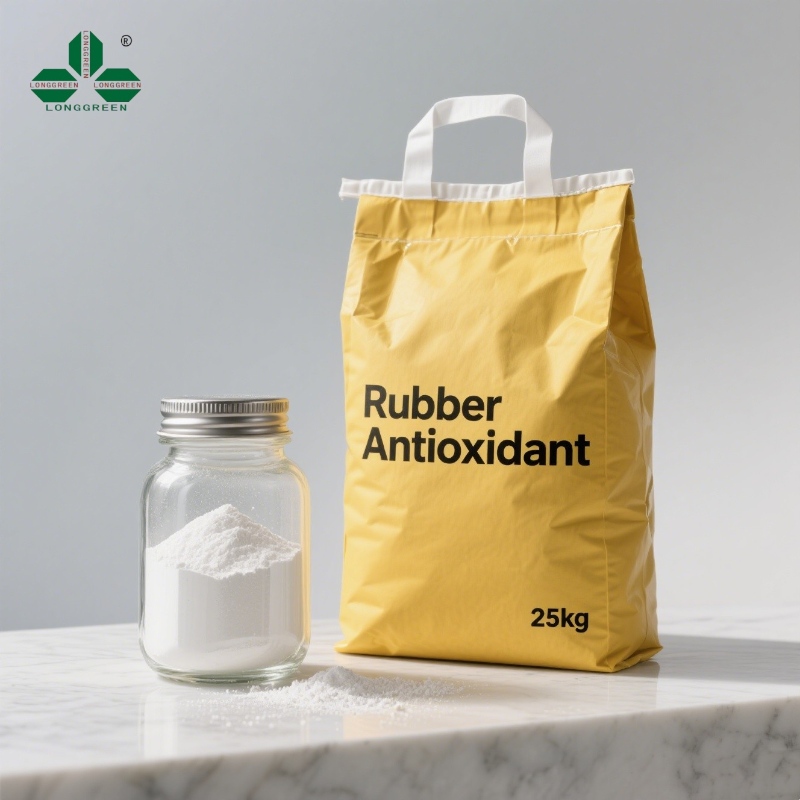
The rubber antioxidant also plays a crucial role in sustainability efforts within the rubber industry. By prolonging the lifespan of rubber products, the rubber antioxidant reduces the need for frequent replacements, thereby lowering the demand for raw materials like natural rubber and petroleum-based synthetics. This not only conserves resources but also minimizes waste, as fewer discarded rubber products end up in landfills. A recent study by the International Rubber Study Group found that widespread use of the rubber antioxidant could reduce global rubber waste by an estimated 18% over the next decade, a significant step toward a more circular economy.
In addition to oxidation, rubber is often vulnerable to other aging factors such as ozone exposure and mechanical stress. Ozone, a reactive gas present in the atmosphere, can cause cracks in rubber surfaces, a phenomenon known as ozone cracking. Modern rubber antioxidants are formulated to address this issue as well, with some variants containing ozone-resistant properties that complement their anti-oxidation capabilities. This multi-functional aspect makes the rubber antioxidant an even more valuable asset, protecting rubber products from multiple threats simultaneously.
The effectiveness of the rubber antioxidant is not limited to industrial applications; it also benefits consumer goods. Rubber gloves used in healthcare settings, for example, rely on the rubber antioxidant to maintain their integrity during storage and use. Without the rubber antioxidant, gloves could become brittle and tear easily, compromising hygiene and safety. Similarly, rubber hoses in household appliances like washing machines and dishwashers remain flexible and leak-free for longer periods, thanks to the protective action of the rubber antioxidant.
As the rubber industry continues to evolve, research into the rubber antioxidant is ongoing, with a focus on developing more efficient and eco-friendly formulations. Scientists are exploring natural compounds, such as plant extracts, as potential sources for biodegradable rubber antioxidants, aiming to reduce the environmental impact of these additives. Preliminary studies have shown that these natural rubber antioxidants can be just as effective as synthetic ones, opening new avenues for sustainable rubber production.
Despite its proven benefits, the proper use of the rubber antioxidant requires careful consideration. The type and amount of rubber antioxidant needed vary depending on the rubber formulation and the intended application. Overuse can sometimes lead to issues like blooming, where the antioxidant migrates to the rubber’s surface, affecting its appearance or adhesion to other materials. Manufacturers must therefore work closely with material scientists to determine the optimal concentration of the rubber antioxidant for each product, ensuring maximum protection without compromising quality.
Looking ahead, the rubber antioxidant is poised to play an even more significant role in the rubber industry. With the growing demand for durable and sustainable products, the need for effective aging protection will only increase. Innovations in rubber antioxidant technology, such as smart antioxidants that respond to specific environmental triggers, could further enhance rubber’s performance and longevity. These advancements will not only benefit manufacturers by reducing costs but also consumers, who will enjoy longer-lasting and more reliable rubber products.
In conclusion, the rubber antioxidant is an unsung hero in the world of rubber manufacturing. By combating oxidation and other aging factors, it ensures that rubber products remain functional, safe, and durable. From automotive tires to medical gloves, the rubber antioxidant’s impact is far-reaching, contributing to sustainability and cost-efficiency across industries. As research continues to refine its formulations, the rubber antioxidant will undoubtedly remain a key player in shaping the future of rubber technology, safeguarding the material’s versatility for generations to come.

